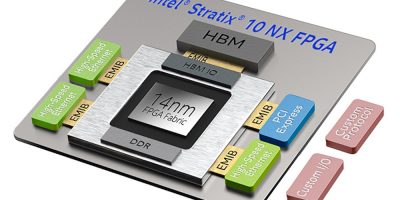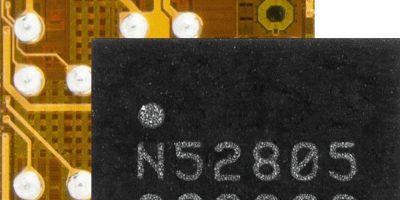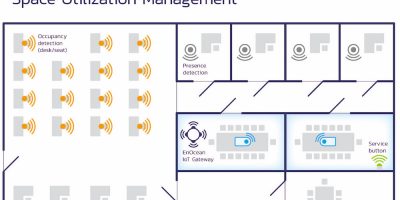Alliance members offer building managers ‘the sensor they want, where they want it’
EnOcean Alliance, an international association of leading companies in the building and IT industries, today announced a major focus on supporting businesses and public sector organisations around the world to safely reopen following the widespread COVID-19 lockdown, using flexible, connected energy harvesting sensors to create ‘safe and smart’ spaces. Initiatives will include webinars and training, as well a pilot Smart Spaces project package for an office environment, including sensors to equip three desks with 12 sensors and monitor one meeting room.
Graham Martin, Chairman and CEO of EnOcean Alliance, explained, “Energy harvesting sensors are the ‘secret ingredient’ that can reduce the financial impact of reopening offices, restaurants, shops and schools whilst maintaining a safe distance between occupants as well as very high standards of hygiene. The new requirement to keep workers safe and infection-free is completely in line with the established trends towards smart spaces and smart buildings. The Alliance and its members are already supporting these trends through the deployment of smart, connected and battery-free sensors, and will now pivot to support the creation of ‘safe and smart’ spaces. With energy harvesting technology, building managers can fit the sensor they want, where they want it and as requirements and regulations for space use change add further interoperable sensors from other vendors.”
Taking the example of offices, Graham Martin pointed out that the need to maintain social distancing put new pressure on office infrastructure. He said, “Companies will have to reduce the occupancy of their spaces. Making those spaces smart can mitigate the financial impact by ensuring that they are now used to their safe capacity, and serviced, heated and ventilated in line with actual usage.”
He pointed out that, “Pre-COVID research shows that up 60 per cent of desks are empty and meeting rooms are occupied less than 20 per cent of the time. Removing desks that aren’t being used anyway, and repurposing under-utilised meeting rooms is a smart way to deliver a safe COVID-sensitive working environment. Similarly, by accurately monitoring actual usage of desks, meeting rooms and rest rooms, cleaning teams can be effectively directed to maintain high standards of hygiene in areas that have seen use, without dissipating time and energy cleaning little or unused spaces.”
Sensors based on EnOcean energy harvesting technology delivered by Alliance members are cable free, so are ideal for retro-fits and can be relocated at will, as facilities respond to the ever-changing coronavirus situation. They are also maintenance free. Once set up they will work endlessly without the need to change the battery. There is a real RoI on these solutions. Pre-COVID estimates show that organisations can save 20% of their cleaning costs and 30% of their energy costs by implementing a smart spaces strategy. The Alliance believes that these savings will be higher in the new, socially distanced, workplace
The 400 members of EnOcean Alliance offer a wealth of technical solutions to support businesses and consumers as they adapt to the ‘new normal’. Together, they offer 5,000 products that are currently in place in 1 million buildings. These solutions conform to ISO/ IEC 14543 3 10/11 and are fully interoperable, allowing building managers to combine technologies from different members to create a single, integrated solution for their office, restaurant, hotel, school, hospital or other space.
About EnOcean Alliance
Leading companies worldwide from the building sector formed the EnOcean Alliance to establish innovative maintenance-free wireless solutions for the Internet of Things, which are used for automation solutions for sustainable building projects – making buildings more energy-efficient, more flexible and more cost effective. The core technology of the Alliance is energy harvesting wireless technology for flexibly positioned and service-free sensor solutions. The EnOcean Alliance aims to internationalise the energy harvesting wireless technology, and is dedicated to creating interoperability between the products of OEM partners. Basis for this is the international standard ISO/IEC 14543-3-1X, which is optimised for wireless solutions with ultra-low power consumption and energy harvesting. More than 400 companies currently belong to the EnOcean Alliance. The headquarters of the non-profit organisation is located in San Ramon, California.
www.enocean-alliance.org







